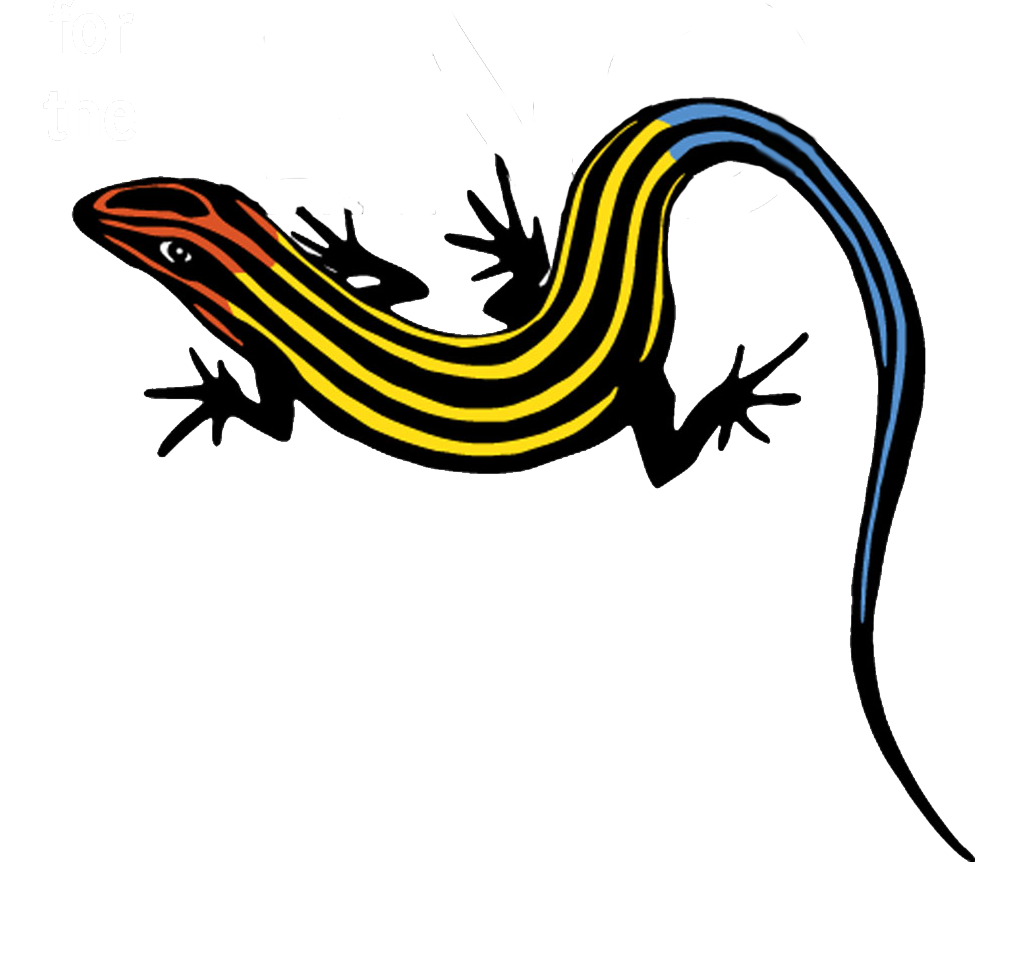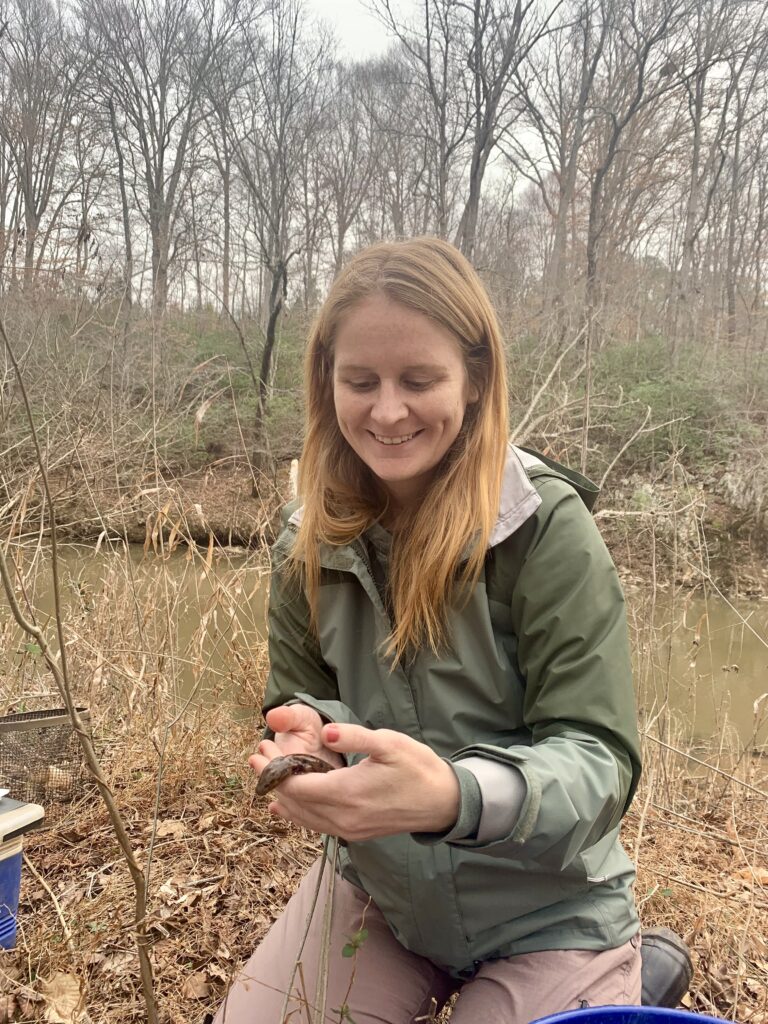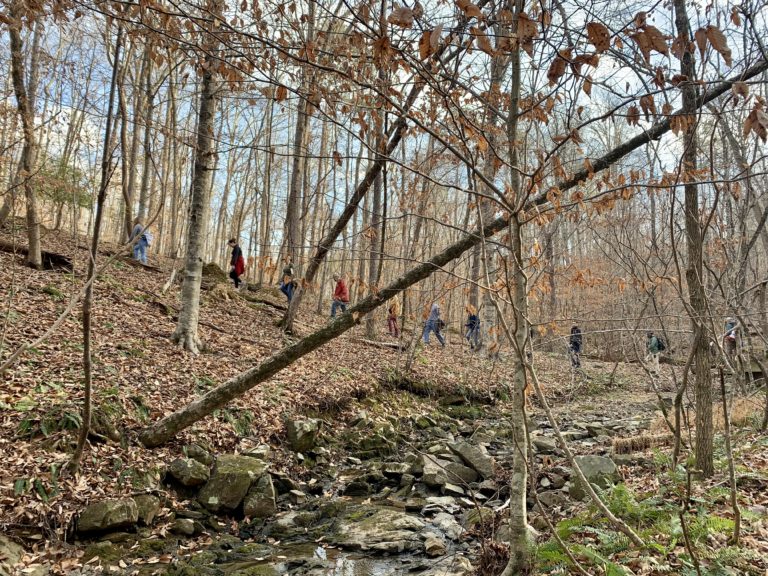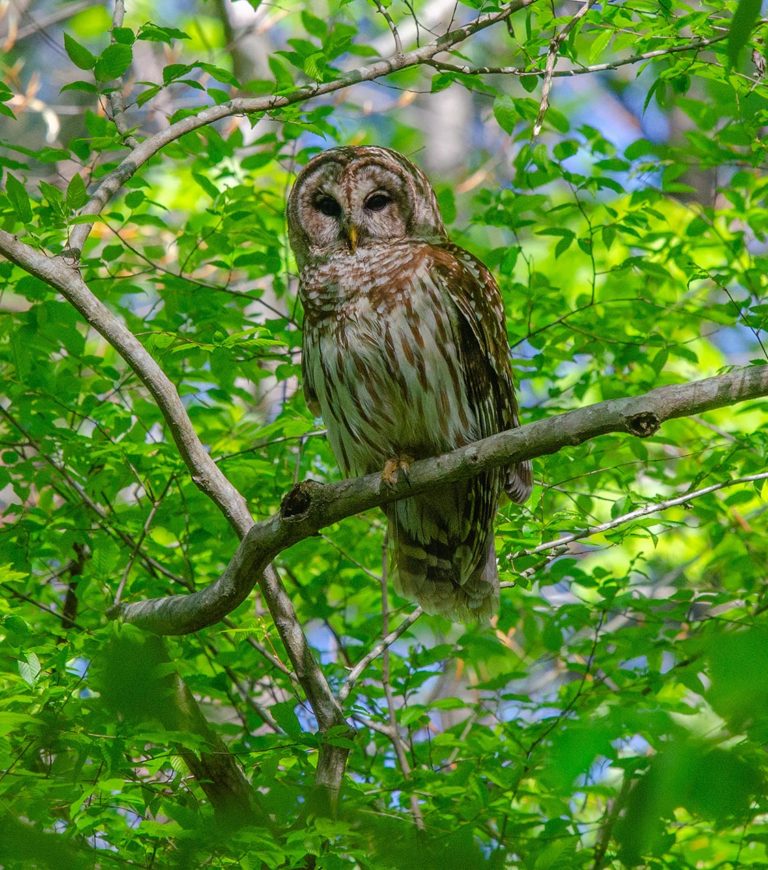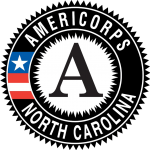An abundance of plant and animal life call the Eno River home, including several rare and endangered species. We work to balance protecting these species and their habitats, while also providing public access to recreation and respite.
Knowledge is essential to growing engagement in environmental stewardship. Join us for an immersive experience along the Eno through our monthly education programs or by booking an exploration for your school or group.
In the meantime, please enjoy the document below, which includes accounts of some of the flora and fauna found along the Eno River, featuring the art of Joe Liles. Joe has been a stalwart member of the ERA, and its resident artist and historian, for years. We are thrilled to present this compilation of some of his work!
In spite of dense urban development nearby, the woodlands of the Eno River are a peaceful haven. The timber industry took away much of the forest up until 1941, but the ridges, slopes and flood plains are once again growing thick with vegetation. Pine, cedar, poplar, maple, dogwood, oak and hickory dominate the area.
Mountain laurel, Catawba rhododendron and ferns grow on the slopes and bluffs. Wildflowers bloom beneath the trees in spring and vines such as greenbrier; grape and trumpet flower are part of the backdrop of natural beauty at the park.
Plant communities along the river provide the perfect home for various animals. In the old fields, you can find bobwhite quail and eastern cottontails resting in the weeds. White-tailed deer, raccoons and opossums feed on the fruits and seeds of the hardwood forest. You might even catch a glimpse of a chipmunk, gray squirrel or possibly a river otter.
The birds of Eno River provide a symphony of music at the park. The calls of the red-tailed hawk, great horned owl and barred owl mix with the melodies of various songbirds. Wood ducks, great blue herons and belted kingfishers thrive around the river.
One of the most intriguing animals in the park is the beaver. This resourceful creature was almost killed off in North Carolina due to excessive trapping but is now back in many parts of the state. Although seldom seen, gnawed stumps and tree trunks are tell-tale signs the beaver has been searching for food. The best times to catch a glimpse of the beaver are at dusk and dawn along the river.
Geology
Learn more about the rocks and soil that lie beneath your feet. Visit the Geology of North Carolina website for geological tours of the Eno.
Learn More
- iNaturalist – See what everyday Eno visitors are seeing in Eno River State Park right now and add your own observations. Observations in iNaturalist can be used by scientists and researchers to learn more about the Eno and surrounding areas!
- EBird – The Eno River is host to over 150 species of birds. Explore EBird’s hotspot locations and submit your own observations. You never know what you might find!

